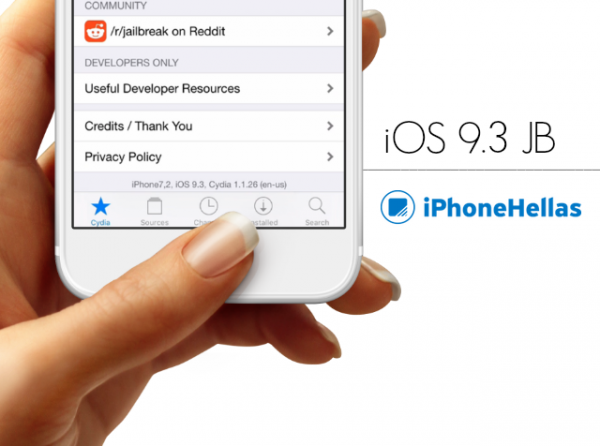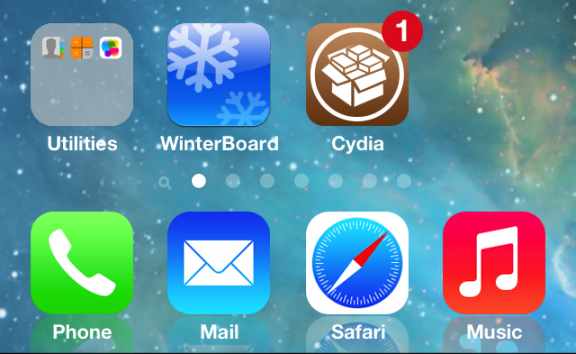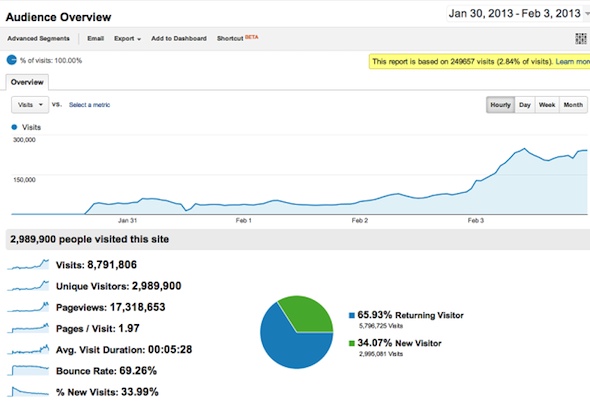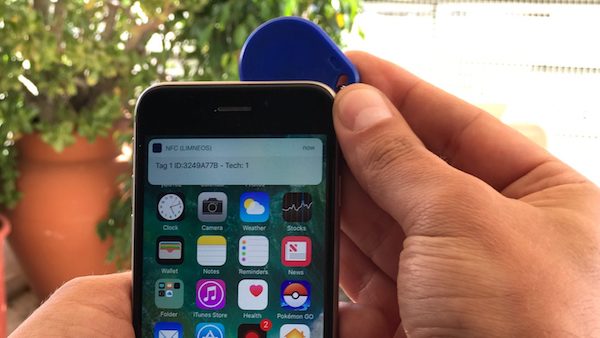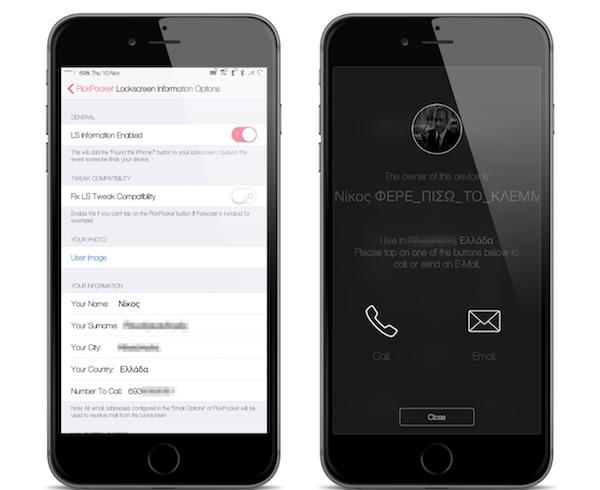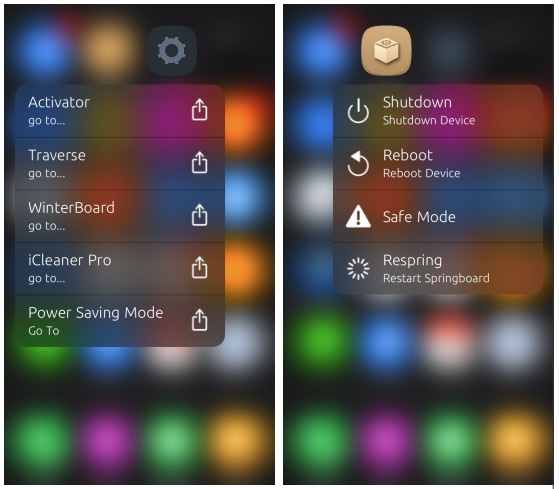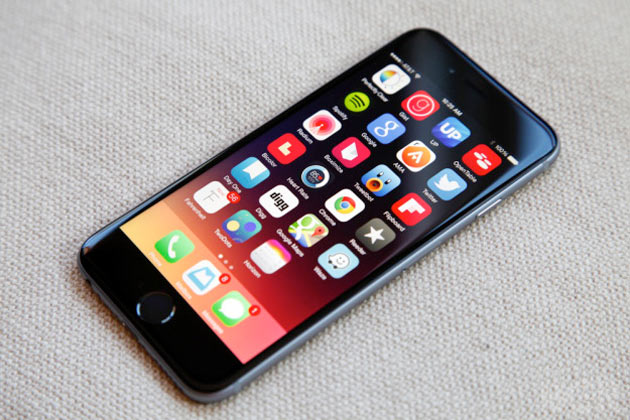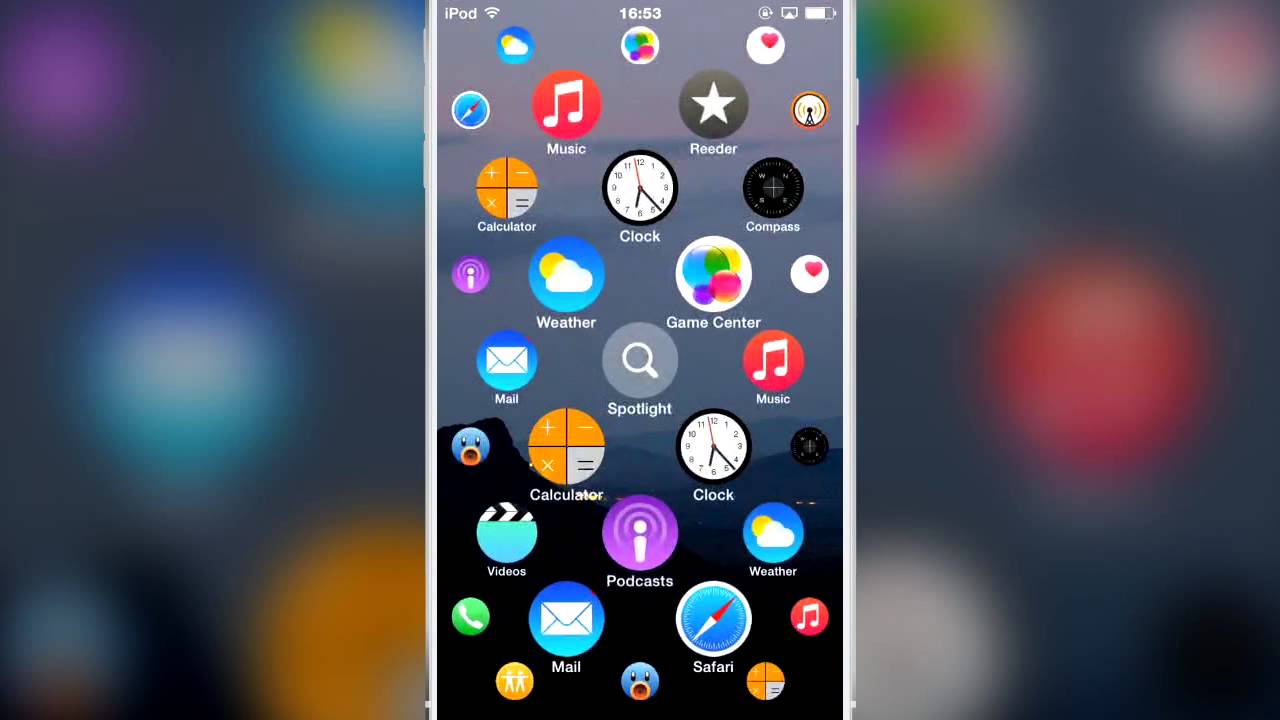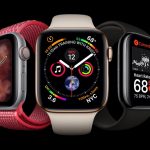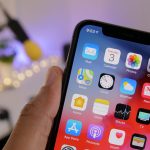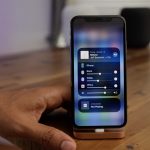Η απάντηση του Saurik (developer of Cydia) στο US Copyright Office σχετικά με την προσπάθεια της Apple (βλ. Apple says iPhone Jailbreak is illegal) να κατοχυρώσει το Jailbreak του iPhone ως παράνομη ενέγεια η οποία παραβιάζει τους όρους copyright και το DMCA (Digital Millennium Copyright Act):
Commenter: Jay Freeman (saurik)
Title: Member
Organization: SaurikIT, LLCProposed Classes: 5A
Class Disposition: SupportingComputer programs that enable wireless telephone handsets to execute lawfully obtained software applications, where circumvention is accomplished for the sole purpose of enabling interoperability of such applications with computer programs on the telephone handset.
Hello. I am the developer of Cydia, the first application installed onto Apple’s devices after they have been jailbroken. Cydia acts as an open competitor to the Apple App Store: anyone can put applications up. These applications are distributed from any number of “repositories”: anyone can run one, and end users can add them to their copy of Cydia. In this manner, Cydia acts as a web browser: no one has centralized control over what can and cannot be distributed.
All of this is, itself, based on an existing “industry standard” known as APT: an “open source” mechanism for distributing applications that has been in use by computer operating systems such as Linux for well over a decade. Even Cydia is open source: anyone can get access to its source code in order to either understand or modify it.Cydia is now installed on 1.6 million devices worldwide, at least a quarter of which are within the United States. Please note that this number is not based on download counts or “unique IP addresses”, both of which drastically overestimate the number of users an application has. This number is based on a survey of unique device identifiers (a mechanism that Apple encourages developers to use to track devices) over the last month.
These users are also quite active: 300,000 unique devices check in to Cydia each day, over 650,000 each week. This takes the form of people looking for new packages, new repositories, and getting upgrades. What these users are coming back for are the hundreds of applications that are in Cydia, each one of which being of the type Apple denies from their store.
Unfortunately, there is now concern that applications that jailbreak phones, the tools that people use to install Cydia, may come under attack from Apple under the DMCA. This is /terribly/ unfortunate as there is a thriving market of applications for these “jailbroken” devices.
Apple isn’t even the only problem. An entire new class of devices is coming onto the market, a class of devices that I do not feel currently has a good name, but for which I will temporarily call “integrated computers”. These devices really are computers: they are running the same operating systems that we find on everything from laptops through desktop computers up to massive computation clusters.
In Apple’s case, this operating system is Darwin, the base of their Mac OS X desktop operating system. In the case of the new Android phones, this is Linux, an increasingly popular “free software” kernel.
There is nothing intrinsically restricted about these devices, and nothing that requires them to have restrictions: nothing except the controlling attitudes of the people who are releasing them. The T-Mobile G1 from HTC, running the touted “open source” Android, is not able to be changed by end users using the code that Google is trying to give us.
Back to Apple’s devices, they maintain tight encryption-backed control over what applications users can install onto their devices. Apple uses this control in order to explicitly act in an anticompetive manner: denying applications that provide similar functionality to those applications that Apple distributes with their device as “it may cause user confusion”. With this, they have managed to keep Opera (the most popular mobile web browser provider) from even bothering to attempt to target their system. They have publically shut down Sun from bringing in Java (which would itself compete with their App Store due to their J2ME technology), and only after a couple years been willing to sit down and work with Macromedia to bring Flash to their platform.
They have denied competing mail applications, competing camera applications, and competing mapping systems. They also have exerted control over what they feel to be acceptable content, sometimes vascilating (first denying any application using the word “fart”, and then allowing one in which rapidly becomes the #1 most popular application in the store).
This has led many developers to “go underground”, distibuting their products using Cydia, and selling it from their own websites. As an example of some of these applications, I will describe a few of the programs I have written, and why users want them:
Cycorder – This application allows users to record videos with their iPhone’s camera and transfer them to a computer. Cycorder is one of the “killer applications” of jailbroken iPhones, and is used by a very large percentage of its users. I do not know how many, but even four months ago I estimated hundreds of thousands.
These videos themselves have become quite widespread, and have even been aired on CNN’s iReport (where users can contribute videos to get aired on the network) [1]. One user even shot a music video using it [2].
1: http://www.ireport.com/docs/DOC-103642
2: http://www.goshone.com/?p=74Unfortunately, Cycorder (and a few applications like them, such as Qik and Video Recorder 3G) have been submitted to Apple and then ignored for months. These applications require access to the camera, which Apple does not allow as part of their official SDK: while applications can let the user take a picture, it is tightly managed by an interface that Apple has provided.
WinterBoard – An “extension” for the system that allows users to customize the graphics and sounds on their device. One feature that almost every cell phone on the market has is the ability to change the wallpaper, much as one would on a desktop computer. However, this is not functionality available on the iPhone: “any background you want, as long as it’s black” (as Henry Ford may have said).
There are now thousands of “themes” available: sets of graphics. These themes don’t just change the wallpaper: they use WinterBoard’s full features in order to theme the entire system, changing all of the icons, the buttons, and the entire feel. Users install these themes using Cydia and then activate them using WinterBoard.
Unfortunately, WinterBoard requires access to system files that Apple has protected. For the full amount of control it provides to the user, it needs to “inject” or “hook” into every running application, in order to change the loaded graphics. This level of functionality is definitely verboten.
Veency – Another extension that allows users to remote control their iPhone using a compter monitor and keyboard. Veency is very popular among developers giving presentations of their work, but also has been used by people to make writing text messages easier (using their computer keyboards). This is of incredible value to the users who use it, although it is not as popular as other applications in Cydia. It is open source.
Currently, Apple provides no mechanism for recording the screen of the device, which means that users who want to show off their applications either have to use a simulator (which does not let them interact with the screen in intuitive manners with multiple fingers), or setup a physical camera to record their screen and project it onto a wall. Neither of these are usable solutions for many presenters.
Unfortunately, getting direct access to the display buffer requires access to APIs that Apple does not allow usage of in the App Store. Also, this requires a “daemon”: a program running in the background, to accept the incoming screensharing requests. Apple also does not allow background programs on their devices.
Obviously, though, I am not the only developer who has been working on this device. There are numerous companies that have managed to make a market selling products for jailbroken iPhones. Some examples:
SpoofApp – voice changing, call recording
MCleaner – block incoming calls and sms
iBlackList – another call blocking application
Cylay – track iPhone, theft protection
MiVTones – video ringtones for incoming calls
iPhone Modem – laptop/iPhone data tethering
PDANet – another tethering applicationTo bring a specific example to the forefront, I will focus on Snapture, distributed by Snapture Labs, LLC. Snapture is an improved Camera application for the iPhone. Snapture is denied from the App Store for similar reasons to Cycorder. Snapture, however, does not concentrate on videos: it is about better still photos.
Unlike most point-and-click cameras, the iPhone does not support numerous “standard” features, such as timed pictures, color tinting, image rotating and zooming, and photo bracketing. Snapture provides all of these features, and is sold for $7.99 from their website [1].
What makes Snapture even more interesting is that they are also providing a hardware component to go with their product: the SnaptureFlash [2]. This is an attachment for the iPhone that provides a strong Xenon LED Flash/Light in order to make taking pictures in the dark even easier. Unfortunately, Apple does not provide access to the hardware connector to App Store developers: this is a hardware component that could only ever work with jailbroken phones.
1: http://www.snapturelabs.com/
2: http://www.snapturelabs.com/snaptureflash.htmlI therefore am going to close this (partly because I am running out of time), with a plea to the copyright office to not ignore the many hundreds of thousands of earnest users: users who are legally purchasing alternative applications and wishing to use them on their iPhones and iPod Touches, users who want functionality from their mobile devices that often no one is able to provide, but which is now possible on these new classes of devices. If only the people who were distributing these devices were fully open.
Sincerely,
Jay Freeman (saurik)
Εδώ μπορείτε να βρείτε το πρωτότυπο PDF doc: link
You might also like
More from Cydia
Ο Ηλίας Λιμναίος ξεκλειδώνει το NFC του iPhone! Σύντομα το tweak στο Cydia!
Ο δημοφιλής Έλληνας developer Ηλίας Λιμναίος κατάφερε να ξεκλειδώσει τη δυνατότητα επικοινωνίας του iPhone με NFC συσκευές! Η επικοινωνία κοντινού πεδίου (Near Field Communication, NFC) αποτελεί μια πρότυπη τεχνολογία συνδεσιμότητας, η οποία διαδίδεται και εξελίσσεται ραγδαία με κύριο σκοπό τη λύση αρκετών …
PickPocket: Κορυφαίο “Anti-Theft Tweak” στο Cydia
Ο nikosgnr μας ενημερώνει σχετικά με το PickPocket, ένα νέο Cydia Tweak το οποίο υπόσχεται να προστατέψει την iOS συσκευή σας με τρόπους που η Apple δεν έχει ακόμη (;) προσθέσει στο λειτουργικό της σύστημα: Το PickPocket είναι πλέον ο βασιλιάς των …
Traverse: Το απόλυτο 3D-Touch menu στο iPhone / iPad σας!
Ο mod vrachamis του iPhoneHellas forum μας ενημερώνει σχετικά το Traverse, ένα πολλά υποσχόμενο tweak που επιτρέπει στον χρήστη να εμπλουτίσει τα αναδυόμενα μενού των εφαρμογών της iOS συσκευής του, με εκατοντάδες επιπλέον επιλογές. Το 3D Touch hardware engine έχει κάνει την εμφάνιση του …
App Admin: Downgrade των εφαρμογών απευθείας απο το App store της συσκευής [Cydia tweak]
Ο mod nikosgnr του iPhoneHellas forum μας ενημερώνει σχετικά με το App Admin, ένα νέο Cydia tweak που μας επιτρέπει να κατεβάσουμε μία πρότερη έκδοση εφαρμογής από αυτήν που διατίθεται αυτή τη στιγμή στο App store... απευθείας από την iOS συσκευή …
To WinterBoard είναι πλέον συμβατό και με το iOS 9
Ευχάριστα νέα για όσους χρήστες Jailbroken συσκευών αρέσκονται στο παραμετροποιούν την εμφάνιση της συσκευής τους, καθώς το WinterBoard αναβαθμίστηκε και πλέον είναι συμβατό και με το iOS 9. Σύμφωνα με τον Saurik, η αναβάθμιση του WinterBoard (v0.9.3919) δοκιμάστηκε από τον ίδιο τον Surenix (γνωστό από …

